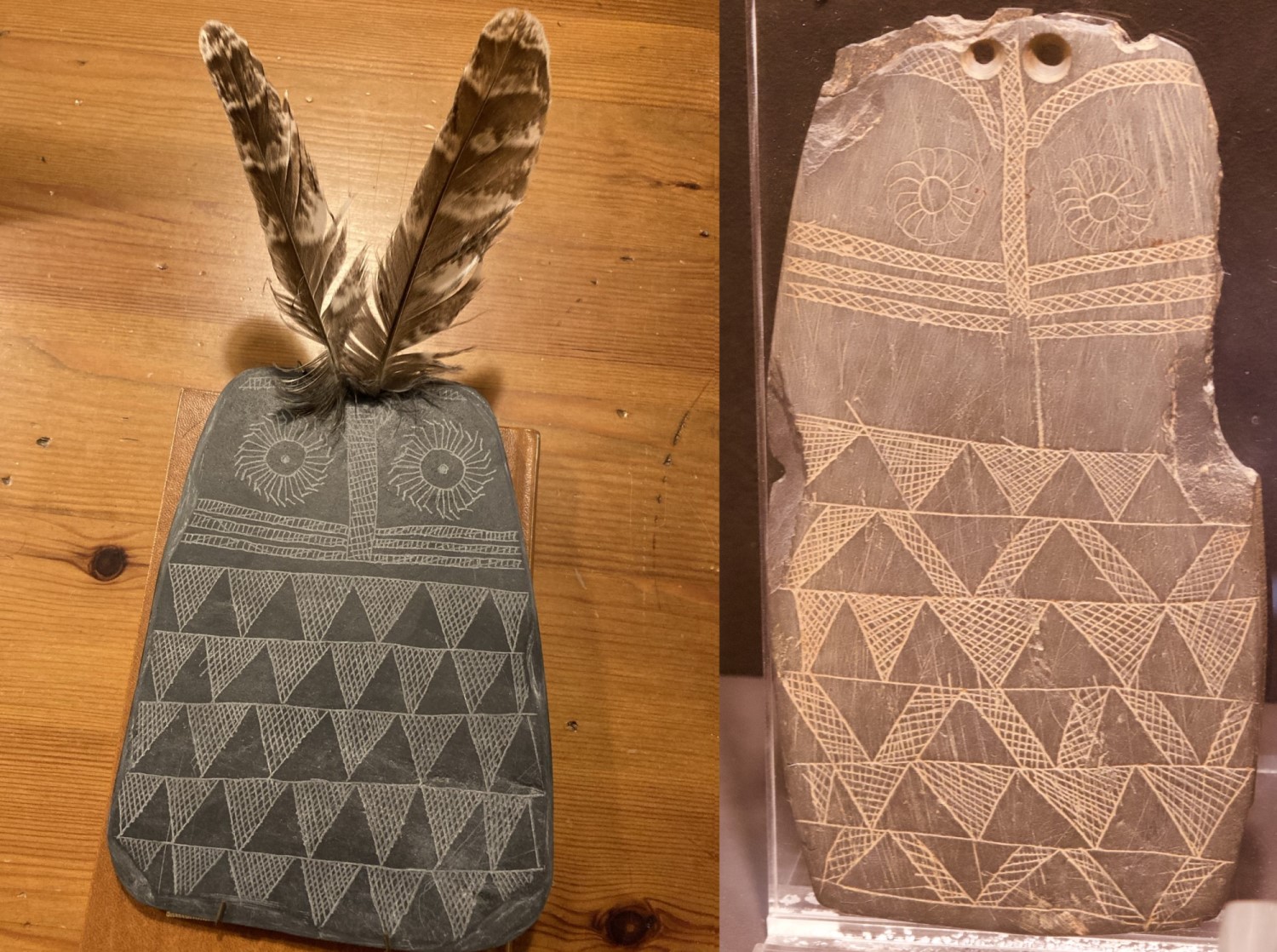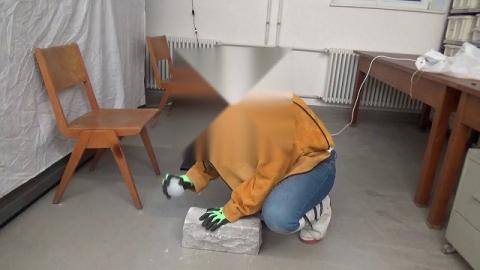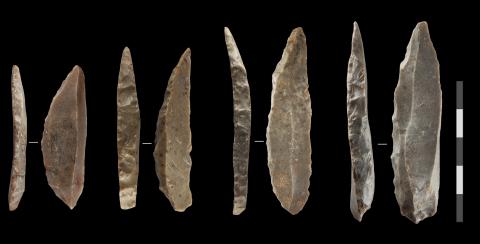Reaction: Iberian owl-shaped figurines may have been created by children as toys 5,000 years ago
Some 4,000 engraved slate plaques resembling owls have been found in tombs and graves on the Iberian Peninsula dating back to the Copper Age. It has been speculated that they may have had a ritual significance. Spanish scientists have analysed 100 of these plaques and propose, in an article published in Scientific Reports, that they may have been carved by children for play.

Slate plates in the shape of owls. / Juan J. Negro.
Leonardo García Sanjuán - búhos EN
Leonardo García Sanjuán
Professor of Prehistory at the University of Seville
It is a work of great conceptual and methodological simplicity. The 'idol-plates' or 'plaques' are well known among Iberian Neolithic and Copper Age specialists, and have been studied for over a hundred years. There are excellent syntheses of the subject, such as Katina Lillios' book Heraldry for the Dead (2008), which reviews all the existing theories on these pieces, including the hypothesis that some represent night birds.
Among the problems presented by this work, I would highlight three. First, the plates with biomorphic motifs represent only 8% of the total number of known ones, so Negro et al. study only a small subset (in fact, a minority) of a much larger set.
Second, the idea that some plates may represent nocturnal birds is not new, although the conviction, supported only by subjective assessments, with which the authors defend their interpretation, taking it as proven, is novel.
Thirdly, the second proposal of the work, that this group of plaques were made by children, is based on a review of drawings made by children and published on the internet. Supposedly, the way of representing certain motifs on the prehistoric plaques and in the drawings of these children would be similar, although the resemblance derives only from the subjective assessment of the authors of the article.
The authors have not checked (e.g. by means of control groups) whether the drawings of these animals by people of other ages (adults, elderly people) are statistically different from the drawings made by children. Nor do they consider whether what they say about biomorphic plaques can be extrapolated to other types of plaques.
In fact, the proposal that the plaques were made by children is highly implausible, since these pieces have never been found associated with children in tombs (the Neolithic and Copper Age child population did not usually receive grave goods) and it is certain that their elaboration required a high degree of skill and experience, not to be expected in children. The underlying idea in this work, derived from a condescending Eurocentrism abandoned more than a century ago, is that prehistoric art is childish.
Juan J. Negro et al.
- Research article
- Peer reviewed



